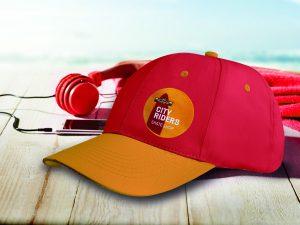Why use green merchandising in your brand strategy?
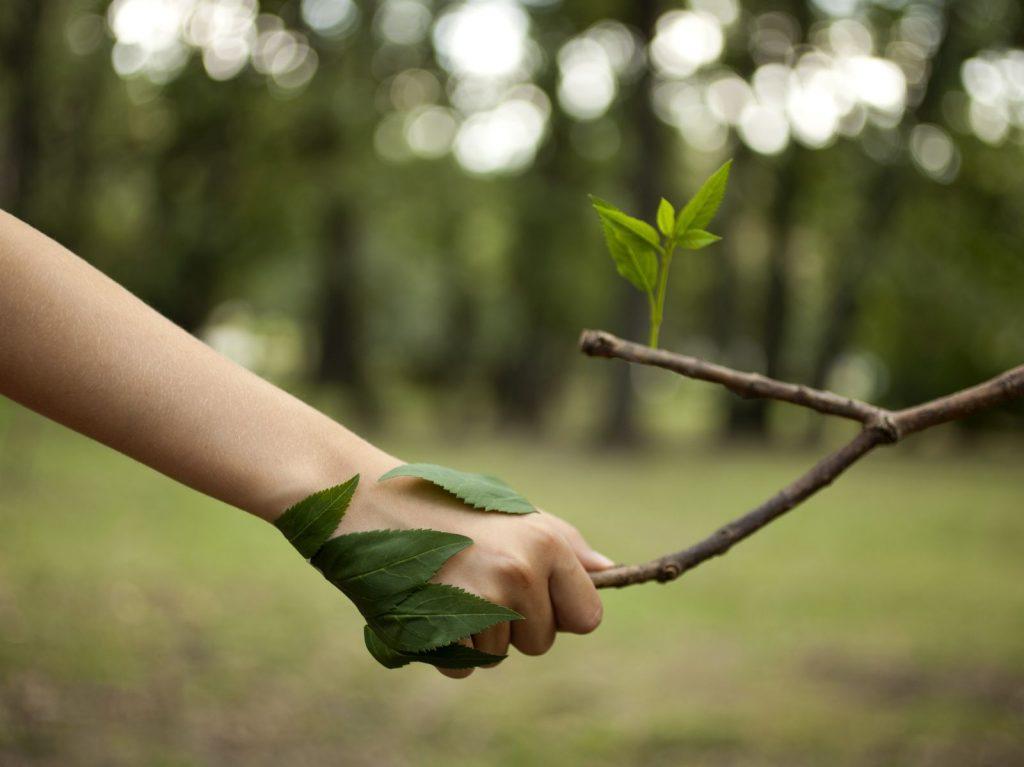
Sustainability is here to stay. Going green is no longer just a trend, it is a responsibility. And companies are, of course, also on this path of respect for the environment. In this article we explain why you need to include green merchandising in your brand strategy.
As consumers become increasingly aware of the needs of the planet, they expect their favourite brands to do the same. This has elevated the sustainability trend to a business imperative.
And the promotional products industry is no different… According to the 2020 Global Ad Impressions study, 46% of consumers have a more favourable opinion of a brand if the promotional product they receive is environmentally friendly. And don’t think this is only true for younger generations. Nearly a third of people over 55 say they bought more green products in 2020 than in 2019.
If you’re already thinking about introducing green merchandising into your brand strategy at this point, let’s start at the beginning: what exactly are sustainable promotional products and how can you implement them into your marketing strategy?
What makes a product green merchandising?
Sustainable products provide environmental, social and economic benefits while protecting public health, welfare and the environment throughout their business cycle – from raw material extraction to end use.
Thus, green merchandising products are not only made from all-natural materials, but also encourage users to make a positive impact on the environment by reducing waste and promoting recycling.
And fear not! Sustainable promotional products are fully customisable with your company or brand logo, just like any other promotional product.
Types of green merchandising
There is no doubt that the phrase “environmentally friendly” is becoming a mantra for the general population, and also for the marketing departments of the vast majority of companies. Unfortunately, this often remains just a slogan and is not always applied as rigorously as it should be. Many companies market their products as “eco-friendly”, when in reality they are not as sustainable as they claim. How do you know if the promotional products you choose are truly eco-friendly?
At Musart we choose more sustainable materials and replace disposables with reusable products. Our collection of functional items for everyday enjoyment is carefully evaluated to increase brand awareness and ensure a respectful use of materials and a longer lasting product.
These are the materials we use to make our green merchandising products, all of which comply with international green, recycled and sustainable product certifications:
1.Hemp
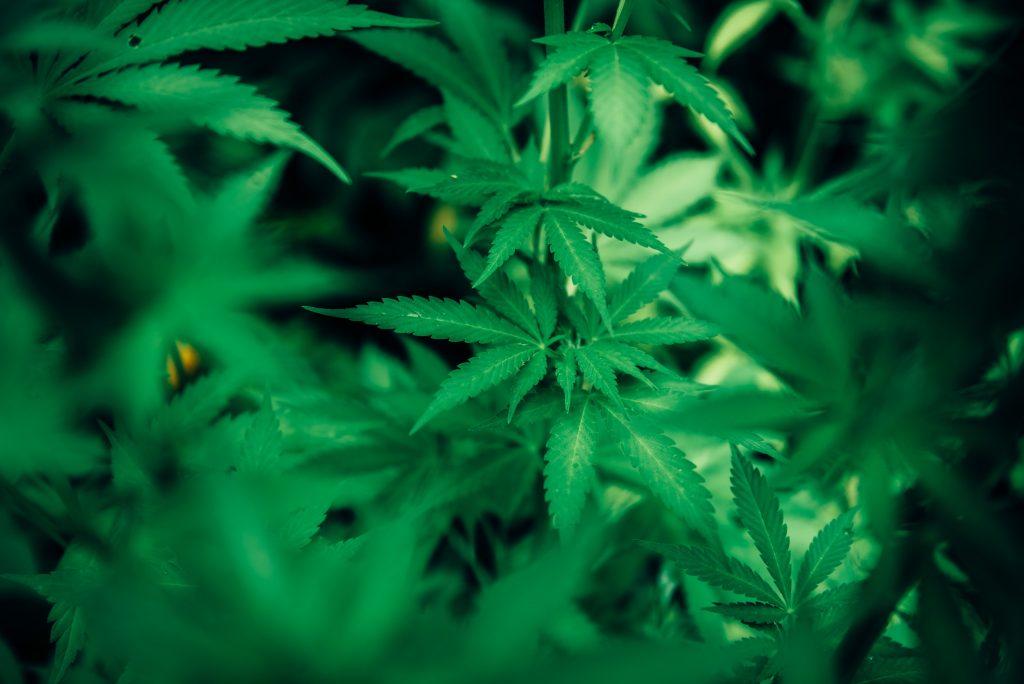
Hemp is one of the oldest and most eco-friendly textile fabrics. It is made from fibres of the fast growing cannabis plant that is naturally pest resistant and that can grow without the assistance of fertilizers and pesticides. This makes it a 100% organic crop and therefore very environmentally friendly. The production process of the hemp fibres is a very sustainable one and also due to the fact that these organic fibres are 100% recyclable. An ideal product for your ecological merchandising products, don’t you think?
2.Wheat Straw
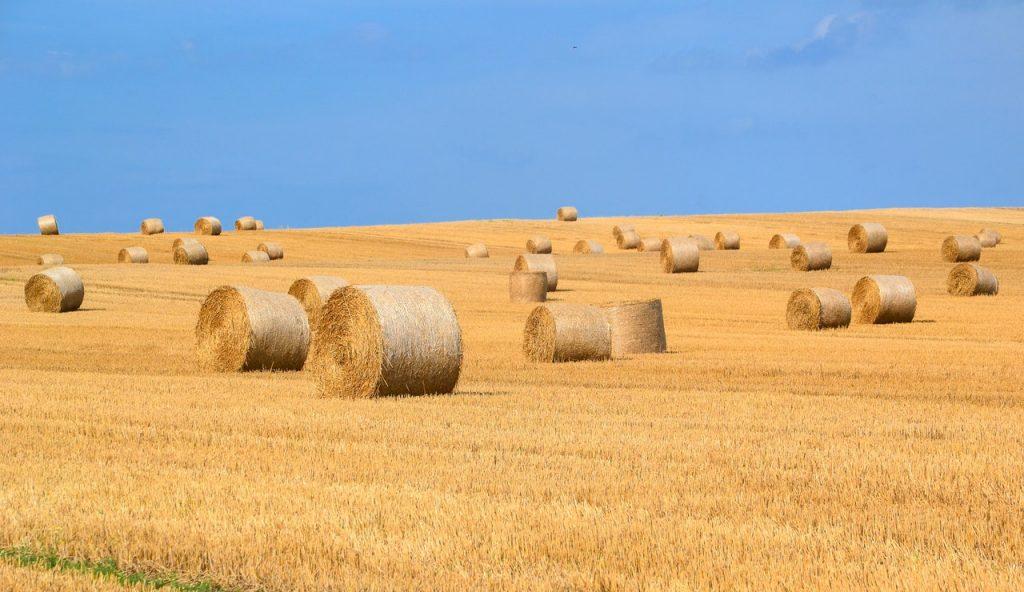
Wheat-straw is mainly an agricultural waste product that remains after grain or juice is extracted from the crops. Wheat straw is recently being used as filler for thermoplastic composites as polypropilene or ABS. It is a valuable environmentally friendly resource that, while upgrading the outlook of many reuseable products, helps to reduce the amount of plastics used while reusing natural sources.
3.Corn PLA

Polylactic acid (PLA) is a natural plastic substitute made from fermented plant starch (usually corn). It is an ecofriendly, renewably-sourced and biodegradable alternative to conventional p etroleum-based plastics. The increased usage of PLA will reduce the carbon footprint of many industries. This non-toxic green material can be used for all kind of products from shopping bags to biodegradable ponchos.
4.Organic cotton
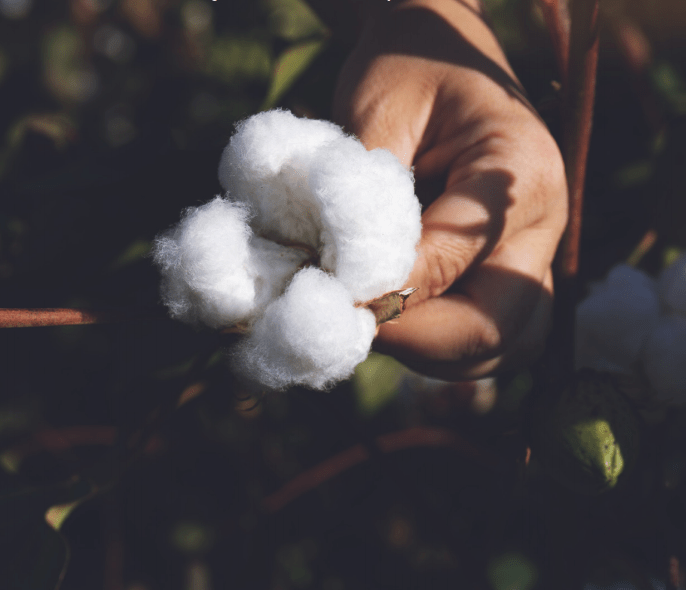
Organic cotton is equal to cotton with the difference that it is naturally grown without use of any pesticides, herbicides, fertilizers or any other chemical. In order to know for sure that the cotton is indeed organic, manufacturers go through extensive supply chain verification by third-parties and only certified cotton can be marketed (GOTS for example). The number of organic cotton farms is increasing rapidly, making it easier and easier for you to use this material for your organic merchandising products.
5.Coffee husk

Coffee husk is recently being used as reinforcing filler for thermoplastic.
After petroleum, coffee is the second most commercialized product in the world. Coffee husks (or chaff) is the dried skin of the bean. During the roasting process, the husk falls off and mostly thrown away. Coffee husk is recently being used as reinforcing filler for thermoplastic composites as polypropilene or ABS. It is a valuable environmentally friendly resource that helps to reduce the amount of plastics used.
6.Bamboo

Bamboo is a member of the grass family. It is a colony plant, so it uses energy from this existing plant to produce more plants and expand the root structure
Bamboo is one of the fastest growing plants (grass) and it can replenish itself within a year with a minimum water need and without need of fertilisers to boost its growth.
Since bamboo is naturally pest-resistant there is no usage of pesticides. Bamboo is a very renewable resource, strong and durable. It absorbs more Co2 from the air and releases more oxygen which improves the air quality. Bamboo is 100% natural and biodegradable. It has everything to be the perfect material for your eco-friendly merchandising products!
7.Cork
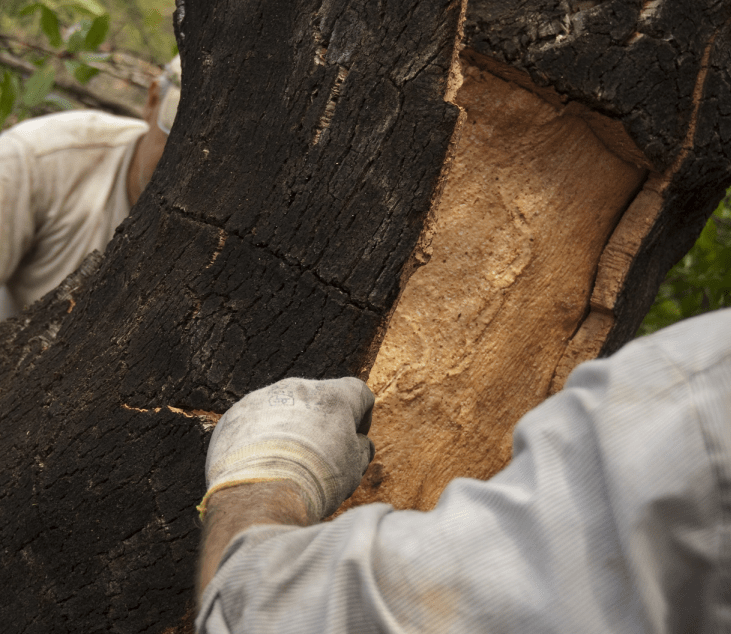
It has good adhesive properties, making it easy to use in combination with different materials. Cork is the bark of theself-regenerating cork oak tree. It is ranked among the most durable organic materials with the property of stabilizing the air temperature and humidity. It is a very flexible material and be treated in a simple natural way. It has good adhesive properties, making it easy to use in combination with different materials. In general the cork industry is regarded as one of the most environmental friendly. Cork is 100% natural and biodegradable.
8.RPET
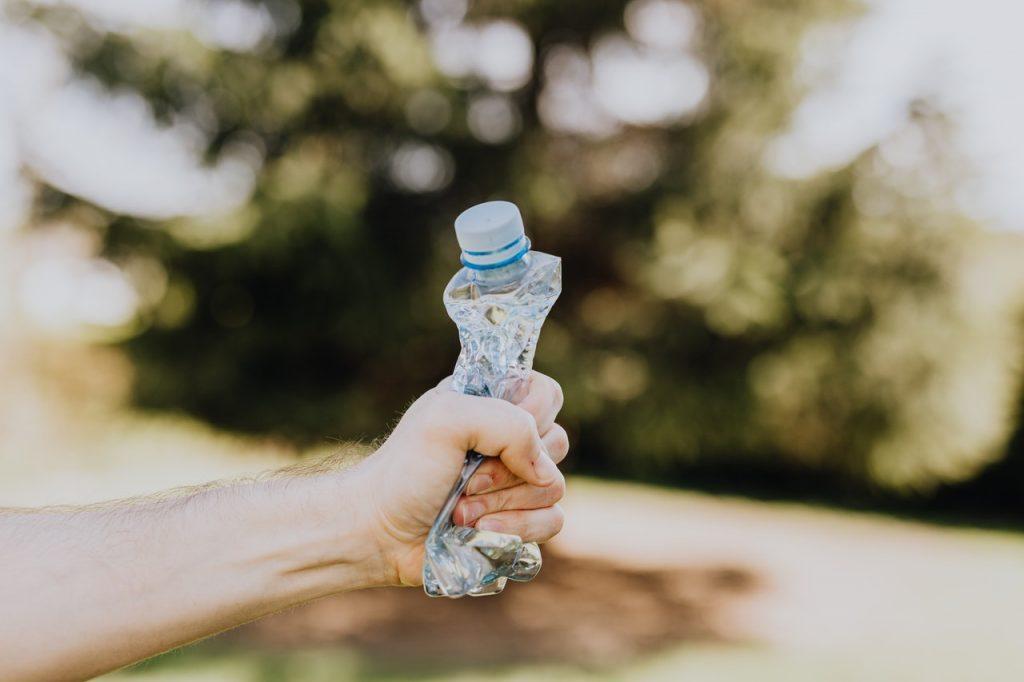
A large part of the solid waste in the world is attributed to PET plastic. Which is why we give a new life to the plastic. PET is the most common type of plastic, mostly used for packaging and beverages disposable bottles/containers. A large part of the solid waste in the world is attributed to this packaging. Recycled PET is known as RPET, and it is the most widely recycled plastic in the world. The use of recycled PET by giving a new life to an already made product in place of virgin resin results in reduced environmental impact.
9.Recycled fabrics
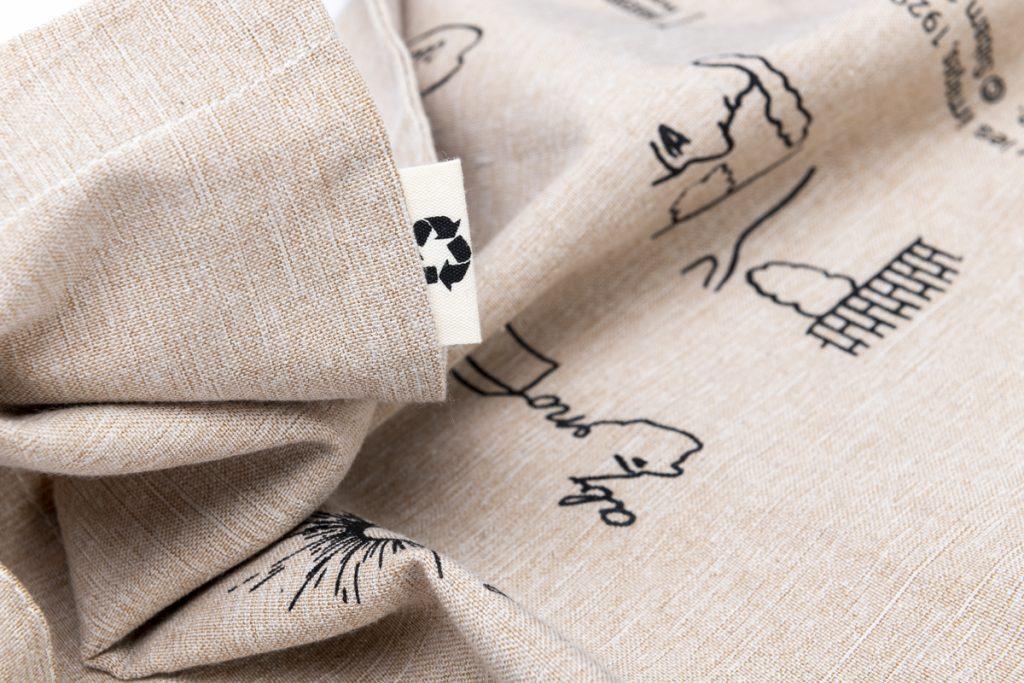
Recycled fabrics is made from waste fabrics (any textiles). Collected textile solid wastes are reprocessed to fibre and than back to fabrics for further re-production of bags, garments or linnen. Most of the manufacturers work with two streams : pre-consumer waste (scrap from production) and post-consumer waste (used textiles collected). The color segregation occurs during the process to avoid as much as possible the re-dyeing of the fabric.
10.Glass

Glass is a sustainable and economical material. With different styles and sizes to suit any occasion, you can use them for when you’re thirsty and avoid single use. Do your part by making this small change.
11.Paper items

Once the paper is sorted, it is processed into usable raw materials. Which we mold into convenient items. We have introduced a new range of paper products. The same items you already know and love, made with sustainability in mind. This is only one of many ways we are adapting to help the ecosystem.
Reduce & reuse
There is no doubt that green merchandising products can enhance your marketing strategy and are a key element in reaching today’s more environmentally conscious consumer. It’s time to take action.
By choosing sustainable products, you will not only attract more customers, but also enhance your brand or company’s reputation, thus improving your overall marketing strategy.



